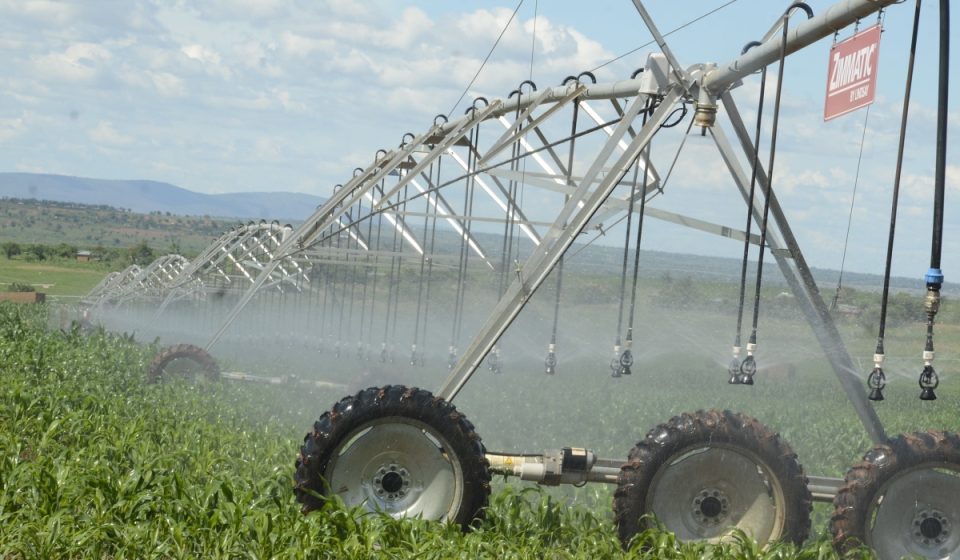Rwanda’s agriculture sector recorded the slowest growth in 2023 at 2 per cent, with food crop production activities stagnating at 0 per cent, the latest data from the National Statistics of Rwanda (NISR) showed. TNT reports
This was mainly due to the low agriculture production recorded in 2023, which according to the Ministry of Agriculture and Animal Husbandry (MINAGRI), was spurred by climate-related shocks such as floods and droughts.
Despite the slow growth, the agricultural Season A 2024, spanning from September 2023 to February 2024, shows progress.
For example, maize production volume is estimated to be 446,460 metric tons, compared to 390,879 metric tons estimated in the same season of 2023, according to MINAGRI.
“If it weren’t for the rain causing damage to our crops, we could have addressed the shortage of maize production and begun exporting to other nations,” Ildephonse Musafiri, the Minister of Agriculture and Animal Husbandry said, citing an estimated 600,000 metric tons, a figure he noted is nearly equivalent to the annual domestic consumption.
Musafiri said there has been thorough preparation for agricultural Season B 2024, which commenced in February and will conclude in June 2024, adding that the plan is also maximising the utilisation of the produce obtained during Season A.
MINAGRI has introduced an ambitious initiative to fully cultivate all arable land for Season B 2024. Musafiri said the concerted effort aims to ensure ample production volume for key crops in the country, such as maize, beans, soybeans, Irish potatoes, and bananas, among others.
The Minister highlighted the scaling up of providing agricultural inputs to farmers ahead of Season B 2024, adding that the Smart Nkunganire System to enhance access to agriculture inputs has been streamlined, enabling farmers to access fertilizers and seeds on subsidy.
Irrigation coverage continue to increase
To bolster resilience against future shocks, the expansion of irrigation coverage remains a priority.
MINAGRI currently reports an irrigation area of 71,585 hectares. The government’s objective, outlined in the National Strategy for Transformation (NST1), is to increase the figure to 102,284 hectares by 2024.
A majority of irrigation projects, such as rice marshlands and larger motorised pumps equipped with pivot and sprinkler systems, have been established through government initiatives, often in collaboration with development partners, with the overarching goal of attaining food security.
According to MINAGRI, strategies for irrigation and soil erosion management, including the implementation of radical terraces and the intercropping of trees with crops, also persist to mitigate potential climate-related shocks.
Furthermore, a Bugesera-based fertiliser blending factory that Rwanda launched on December 20, envisages increasing crop yields by 40 per cent, according to its owners and MINAGRI.
During the launch, Minister Musafiri said that by blending fertilisers in Rwanda, it is expected that fertiliser prices will be low, which would result in many people buying and using them.


